 The Duncannon Outdoor Club had a nice night hike up Peter’s Mountain on Oct. 24th. As we began our assent one could actually see all the flashing lights in Duncannon as the Halloween Parade marched down Market Street. Once at the summit, on the southern side of the mountain, winds hit with a vengeance, so our discussion on Little Brown Bats was rather hasty. It was good that we cut it short because we returned just as the rains came.
The Duncannon Outdoor Club had a nice night hike up Peter’s Mountain on Oct. 24th. As we began our assent one could actually see all the flashing lights in Duncannon as the Halloween Parade marched down Market Street. Once at the summit, on the southern side of the mountain, winds hit with a vengeance, so our discussion on Little Brown Bats was rather hasty. It was good that we cut it short because we returned just as the rains came.
![smallbrownbat707.JPG[1]](https://duncannonatc.org/wp-content/uploads/2015/11/smallbrownbat707.JPG1_-300x237.jpg)
So what about Little Brown Bats? Have you notice that during summer nights you no longer see bats flying around? Did you know that their absence has caused a lot of concern? One Little Brown Bat ate up to 3,000 mosquitoes and flying insects at night. A colony of 100 Little Brown Bats in a Pennsylvania cave ate more than a quarter million mosquitoes and small insects a night. Now the cave is empty. Concerns about increased cases of mosquito born diseases like the West Nile Virus are real, since bats are the only major predators of night flying insects.
There are 9 kinds of bats living in Pennsylvania during the summer months. The Little Brown Bat was the most common bat in PA. Now it is one of the rarest with a 98% mortality rate due to the White Nose Syndrome (WNS). A total of 5.7 million bats have died. Many bats migrate south during the winter, but the Little Brown Bat enters a state of torpor in caves, tunnels, and mines. The bats are declining rapidly because of WNS, a fungus that thrives in cold damp environments, were they overwinter. It is believed that the fungus was brought over from Europe around 2006 on equipment and shoes of spelunkers. With the Little Brown Bat producing only one pup per year, the lowest reproductive rate of any mammal its size, its future looks very dim.
The WNS exhibits itself as a white coating on the muzzle, ears and wings of the bats causing painful lesions. The pain wakes the bats up, using important fat reserves. Unfortunately the bats wake too early before there are any insects available. They starve once their fat reserves have been utilized.
So what can be done? The State Game Commission has gone into survivor management mode in an attempt to save the species. A few bats have survived and it is hoped that their genes will provide immunity to WNS in their offspring. People are urged to stay out of caves, tunnels and mines during times or torpor, and to assure that clothing and equipment are cleaned before entering such environments. Building of bat houses provides a safer place for summer residence during breeding and enable one to keep a bat count. Volunteer to take part in the Appalachian Bat Count during the summer. Go to http:www.pgc.state.pa.us and use the search tool for “Appalachian Bat Count”.



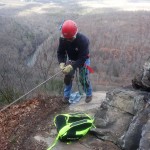

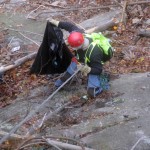
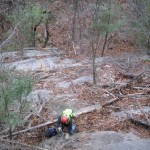

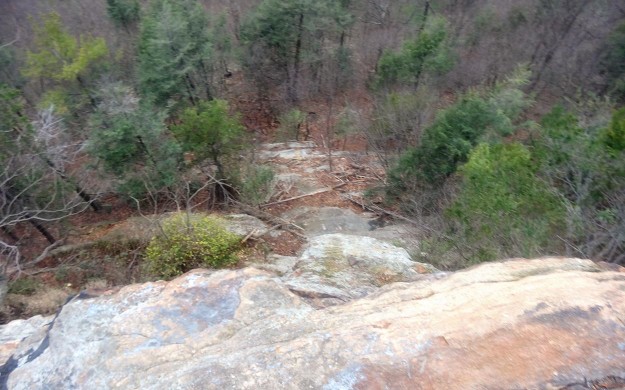

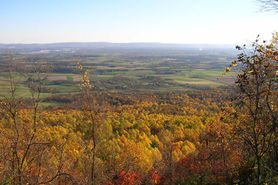

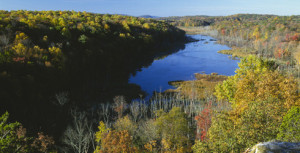

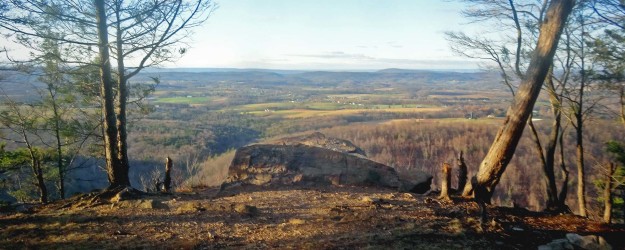
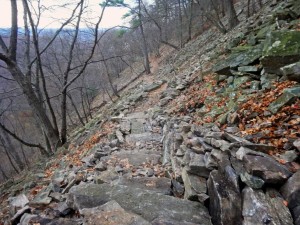
![smallbrownbat707.JPG[1]](https://duncannonatc.org/wp-content/uploads/2015/11/smallbrownbat707.JPG1_-300x237.jpg)





![smallbrownbat707.JPG[1]](https://duncannonatc.org/wp-content/uploads/2015/09/smallbrownbat707.JPG1_-300x237.jpg)
